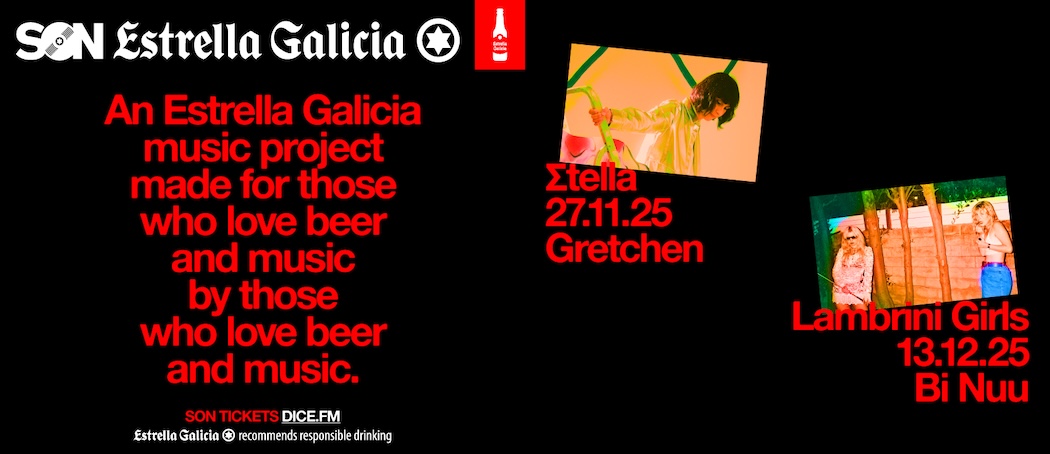
An Interview! In “Come Get Your Honey,” currently on display at Fotografiska Berlin until September 15, Berlin-based photographer Samet Durgun, a first-generation immigrant of Turkish-Abkhazian descent, offers an intimate glance into the lives of LGBTQIA+ refugees and asylum seekers.
Durgun’s photography transcends conventional narratives; it blossoms from a deep commitment to listening rather than merely observing. Departing from the typical “parachute journalism,” where stories are often extracted and abandoned, Durgun immerses himself in the experiences of his subjects, crafting a dialogue that enriches his artistic vision.
@hi.sametdurgun
berlin.fotografiska.com/de/exhibitions/samet-durgun
His images evoke a rich tapestry of emotions, capturing fleeting moments of tenderness set against the backdrop of everyday life. From understated gestures to striking displays of pride and resilience, his work illuminates the nuanced identities of those he portrays. With nearly fifty individuals caught in his lens, Durgun selected around fifteen portraits for the final series — a mix of visibility and anonymity that reflects the complex realities of his subjects. While some choose to reveal their faces, others prefer to remain in the shadows, still wrestling with familial ties and societal expectations.
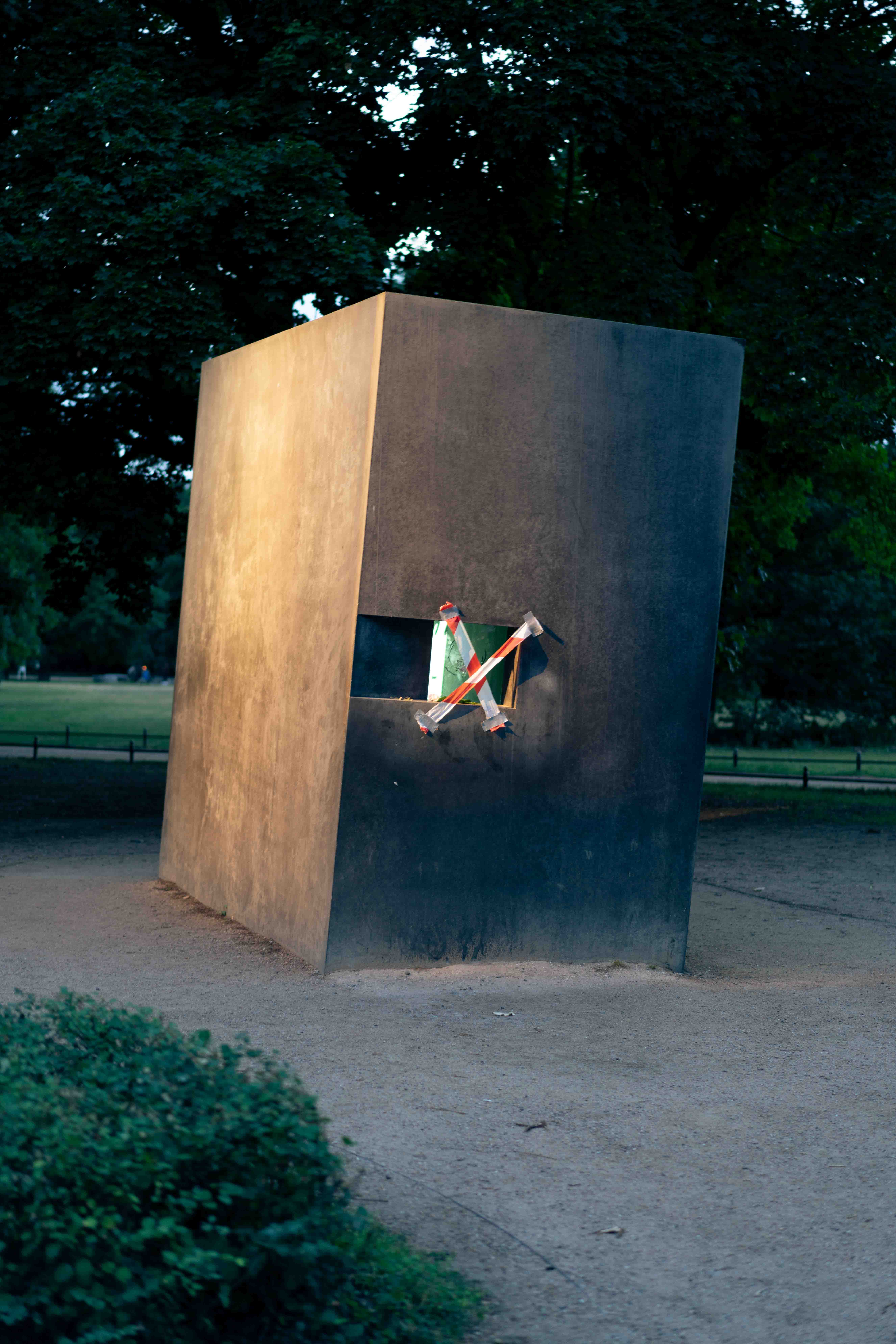
“Come Get Your Honey” emerges as a profound exploration of beauty and ingenuity amidst the structural challenges and social marginalisation that persist in seemingly liberated spaces. It serves not only as a poignant mosaic of personal stories and encounters but also as a quiet manifesto advocating for a more compassionate perspective — one grounded in trust, relationships, and time. In an era where queer lives are often reduced to spectacle, Durgun’s work emphasises a radical simplicity: the power of presence.
This body of work goes beyond the sensational; it attunes itself to the silence, vulnerability, and deep-seated need for connection, particularly in spaces where such needs seem most obscured.
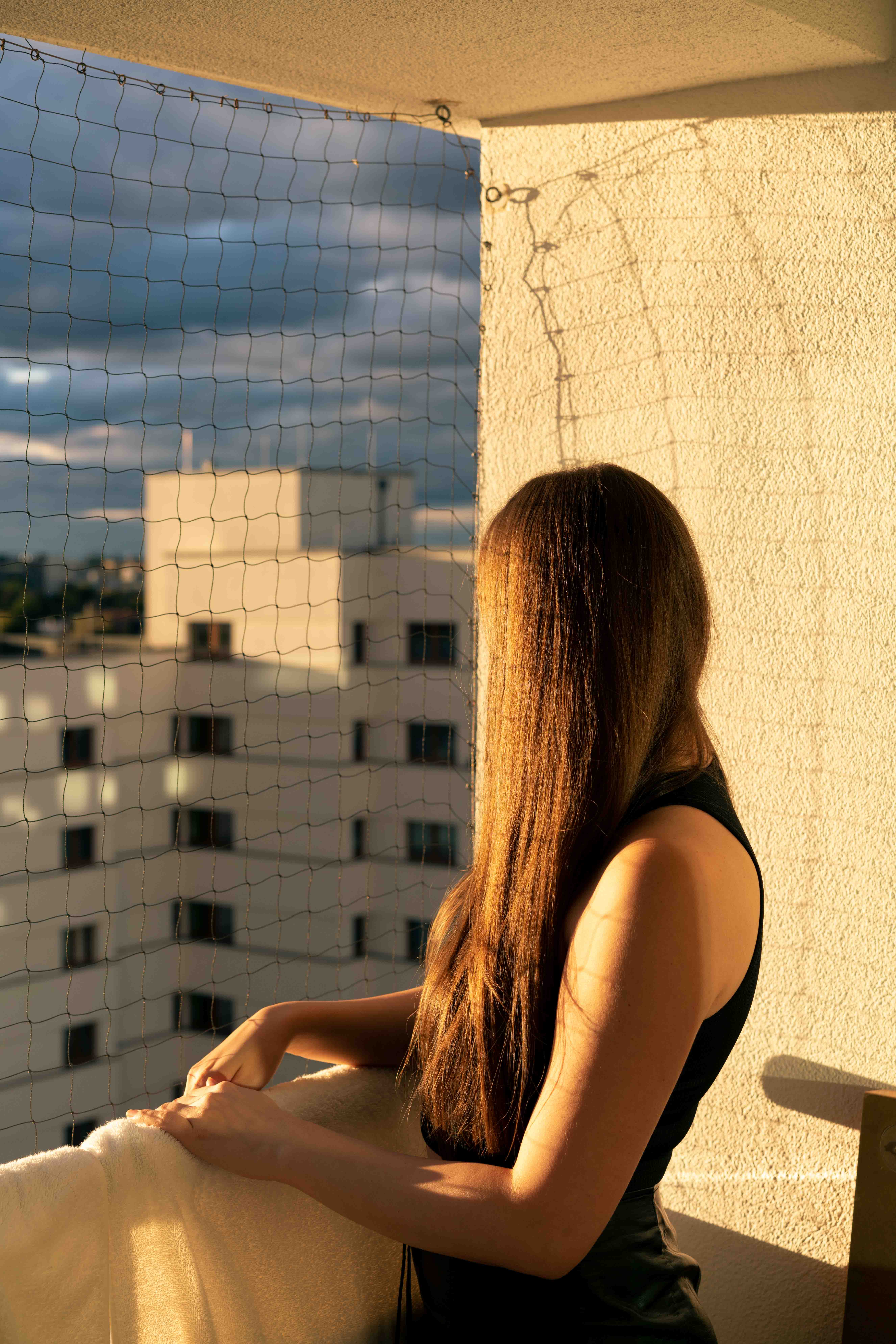
Your exhibition, Come Get Your Honey, is deeply rooted in listening and shared understanding. What does “listening” look like behind the camera, and how does it shape the way you see your subjects?
Samet: Great question. For me, listening means truly hearing the other person, doing so on their terms just as much as on mine, and acknowledging them beyond appearances or my own limited assumptions of how someone “should” look on camera. You can see that in the exhibition and in my book, where I often include multiple portraits of the same person. For example, Kylie Divon appears both in her fabulous makeup and in her McDonald’s uniform. Both are equally hers.
In a world saturated with spectacle, your work opts for presence. How do you avoid aestheticising pain or glamorising trauma when working with such intimate and complex narratives?
Samet: People are always aware they’re being photographed, and I make sure they like how they’re represented. Even when I photograph spaces without people, empty rooms, buildings, I’m guided by the stories I’ve been told. Those images need to reflect the mood of what we’ve created together. That kind of shared agreement goes far beyond what paid journalism often allows when covering marginalised communities.
You’ve described the project as not just being about others, but also as a reflection of your own coming-out journey. Was there a moment during the process when that shift became clear to you?
Samet: That moment isn’t in the exhibition, but it’s in the book. You’ll see a photo of me in a belly dance costume that I spontaneously received from Prince Emrah, who’s now a close friend and is also part of the exhibition and book. When I first considered including that image, I felt pressure. No one outside my family knew about this part of me. But I’ve learned: the more I own my shame, the better life gets.
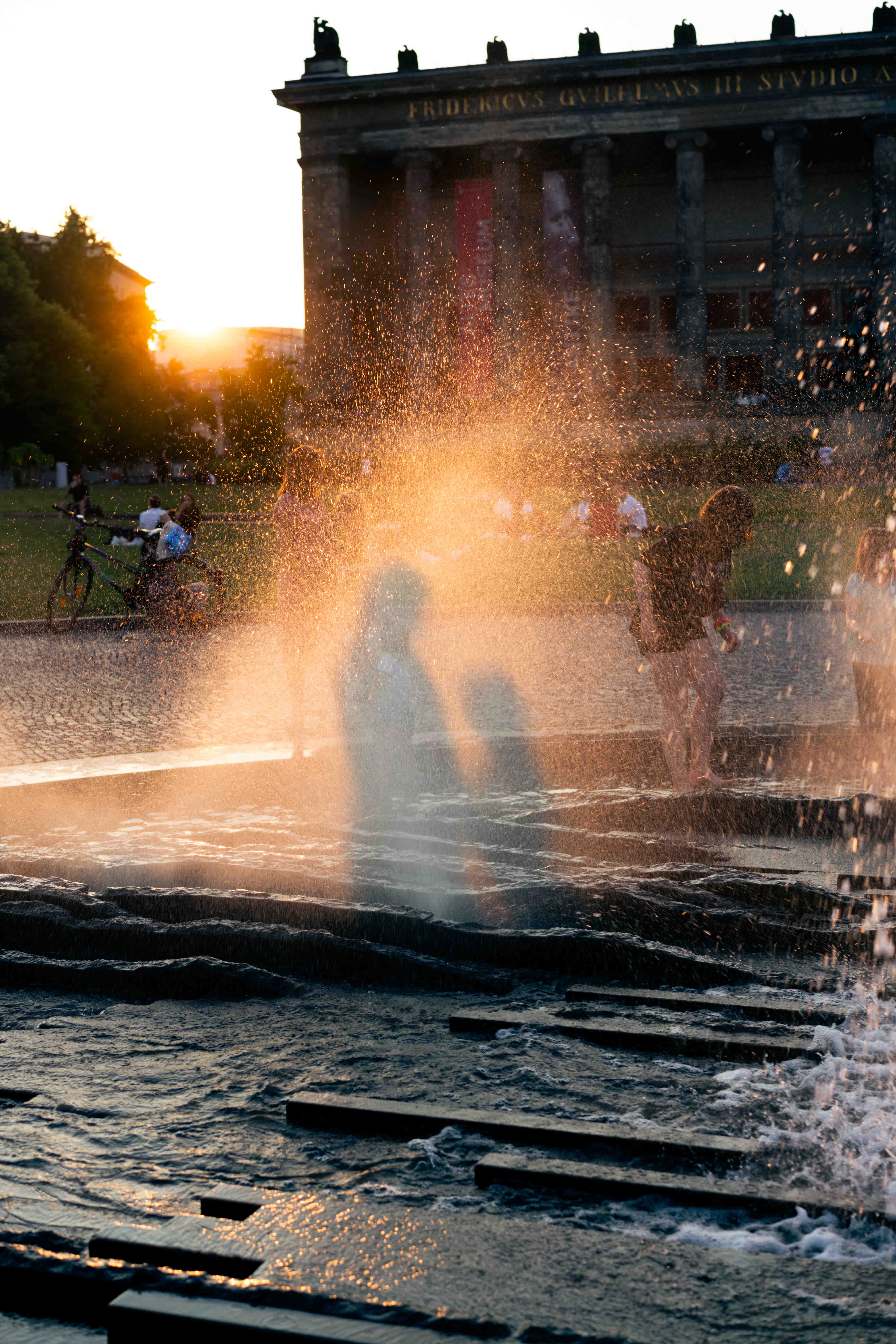
Berlin is often seen as a sanctuary for queer life. From your perspective, what contradictions or challenges do queer refugees and asylum seekers still face, even in a so-called “free” city?
Samet: Berlin isn’t a sanctuary or a free city in my eyes. LGBTQIA+-related crimes are statistically rising year after year, and the perception of refugees and asylum seekers in Germany is also getting worse. What I see most often is people being discriminated against as queers within their own diasporas, and as refugees within Germany. They’re caught at the intersection of both. But Berlin is what we make of it. We are stronger together—and this city still offers many reasons to gather, to find like-minded people, to build community and solidarity.
Many of the images in Come Get Your Honey strike a careful balance between visibility and anonymity. How did you navigate consent and trust when deciding what to reveal and what to protect?
Samet: At one point, I found myself asking for consent almost compulsively, because I know how much queer people, myself included, struggle with people-pleasing. So I made sure we had very clear communication about what people were comfortable sharing. In some cases, I changed names. In others, I deliberately hid people’s faces.
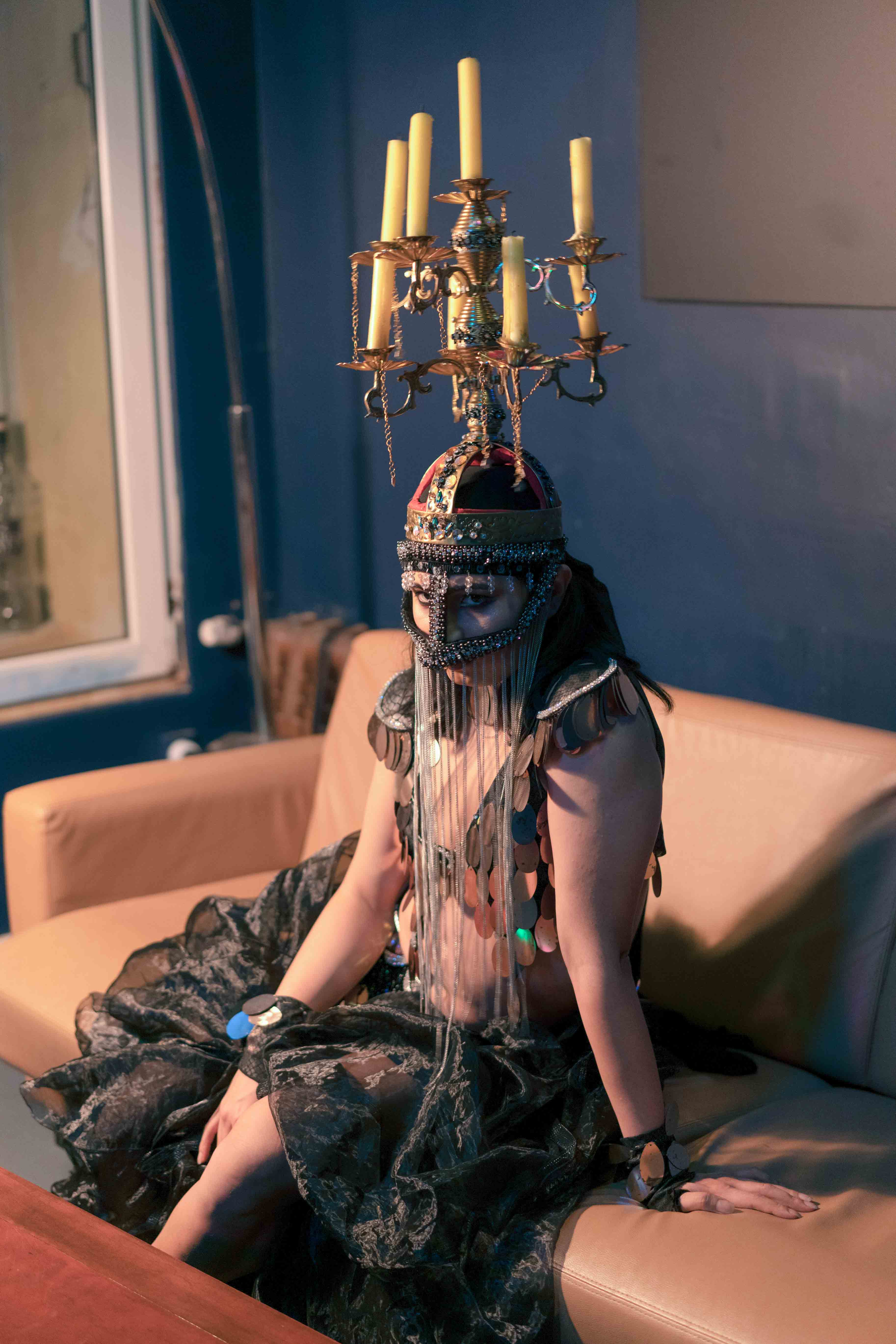
You worked with nearly fifty people, but only a fraction appear in the final series. What guided your curation process, and were there any images that felt too personal to share publicly?
Samet: Another great question. Oh, I wish I could’ve included everyone, that’s something I still feel unresolved about. Of course, I took thousands of pictures, and the selection started with a few that simply felt right. From there, the series grew organically. I always think of something Viviane Sassen once said: that one picture shaped her whole aesthetic. Early on, it felt like the images were choosing each other, not me. And yes, I held some images back, especially when I knew that certain people were hiding parts of themselves from their families.
You’ve said, “Photography is as much about listening as it is about looking.” How does that philosophy carry over into your wider practice, or even into your daily life?
Samet: I pay close attention to how people are represented in media and art, both good and bad. I’m always looking for individual presence in a work, because that’s what gives it real power. Think about why Black Lives Matter or Me Too were so impactful: they centred individual stories. It’s also the same reason a crime committed by a refugee draws a thousand times more attention than one by a white German man. Presence shapes perception—for better or worse—and that awareness is always with me, whether I’m making art or reading the news.
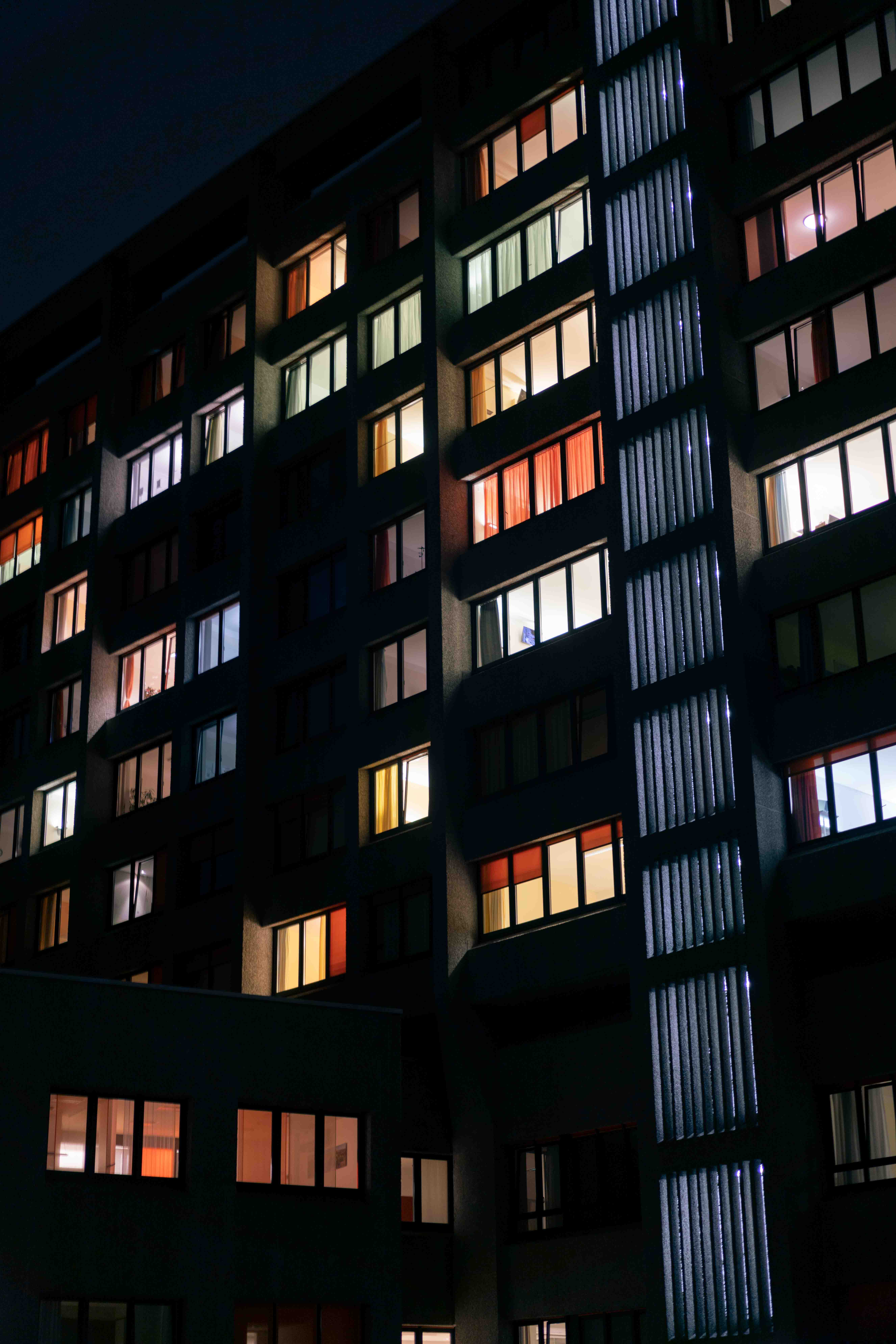
Did anything unexpected happen during your time with the people you photographed, something that surprised or moved you in ways you didn’t anticipate?
Samet: Yes! Kylie Divon, who’s the cover star of the book and featured in a large portrait wearing her McDonald’s uniform in the exhibition, actually sued McDonald’s for gender discrimination, and won. That moved me.
On a lighter note: Was there a shoot that ended in laughter, a shared snack, or maybe even a spontaneous voguing session? Any behind-the-scenes moment you’ll never forget?
Samet: One day, we celebrated with a Turkish sitter who was about to undergo gender affirmation surgery. Their Malaysian friends brought a cake, but the knife wouldn’t cut it! Everyone burst out laughing. The mood was so joyful. Luckily, I was recording. I included a QR code in the book linking to that video, so others can witness that moment too: all of us giggling over something so small, yet feeling so full of life.

If your camera had a mood today, what would it be: quiet observer, dramatic diva, or compassionate therapist? And what playlist would she be listening to?
Samet: Honestly, all of those moods come through. You’ll see images of intimate kitchen moments, and also of performance stages. And if you’re reading this magazine, I’m sure you already know where the title Come Get Your Honey comes from. Hint: it’s a nod to Robyn’s Honey.
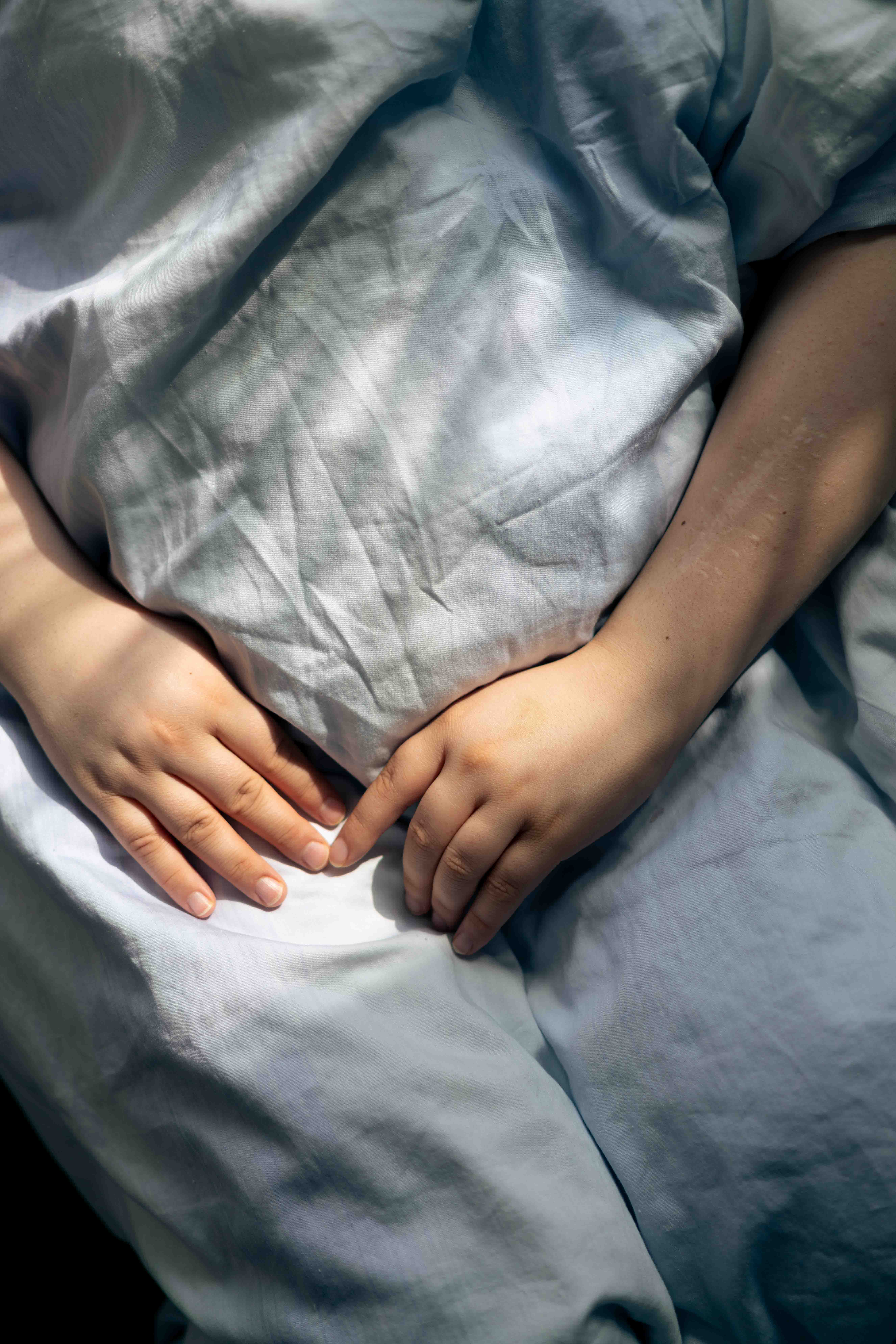
Samet Durgun, born in Adana, Turkey, is a self-taught photographer who has called Berlin home since 2013. With a background in education from Boğaziçi University in Istanbul and having participated in the Common Ground mentorship program at UdK Berlin, which supports fine art students at risk, Durgun’s “Come Get Your Honey” has also been published as a book by Kehrer Verlag and featured in esteemed media outlets including Der Greif, HUCK, i-D Italy, Leica’s LFI, and GQ Magazine.
